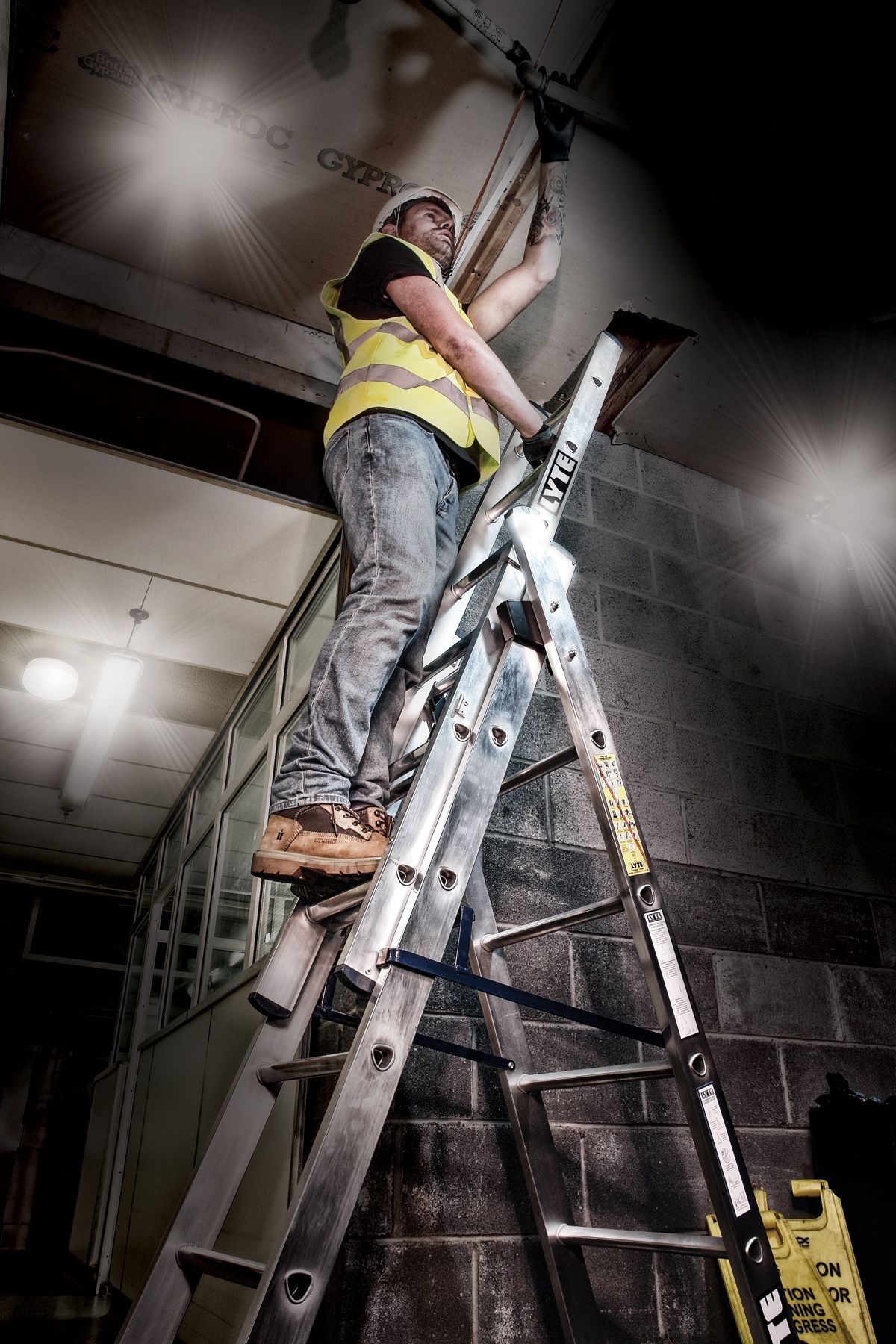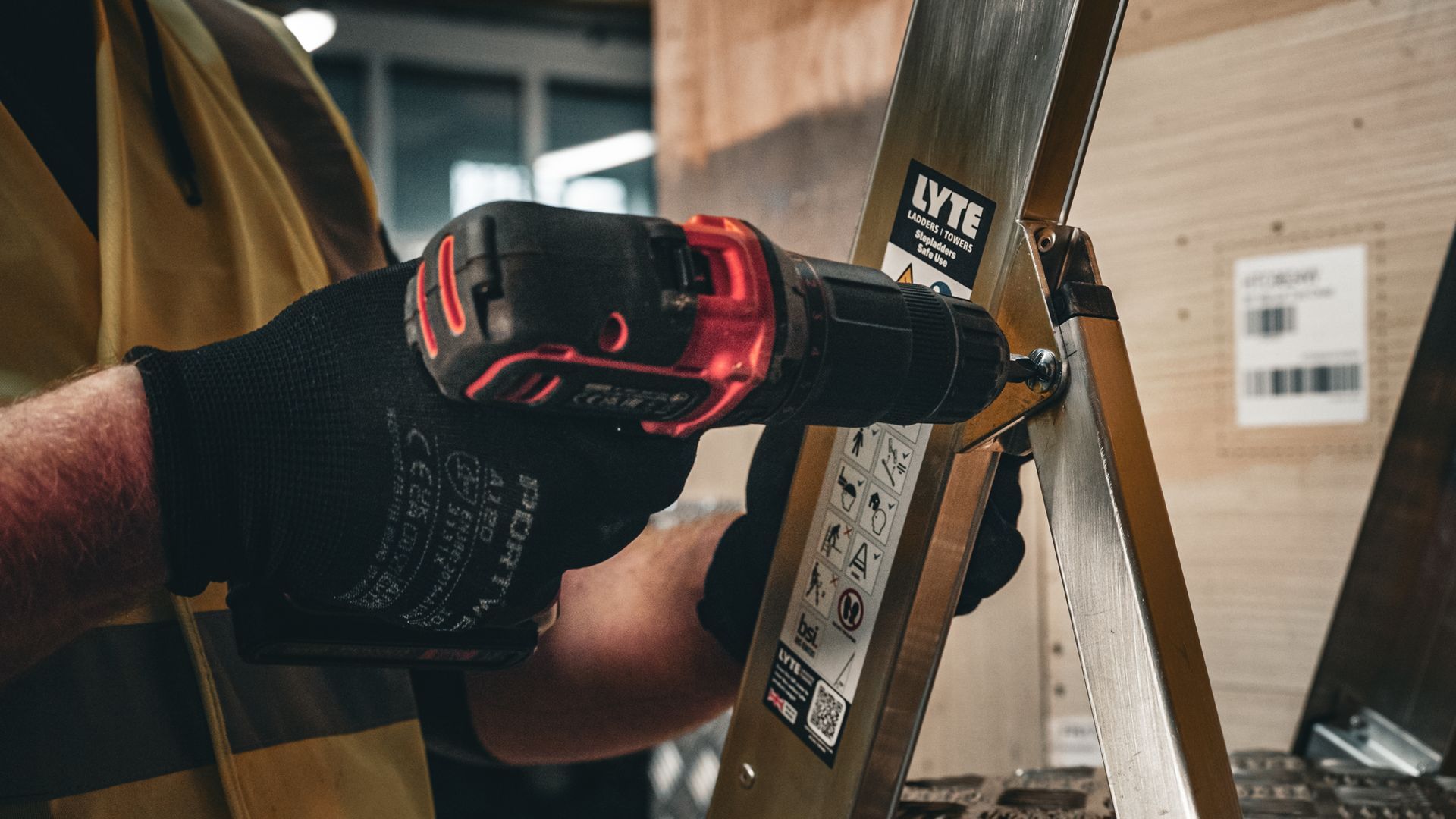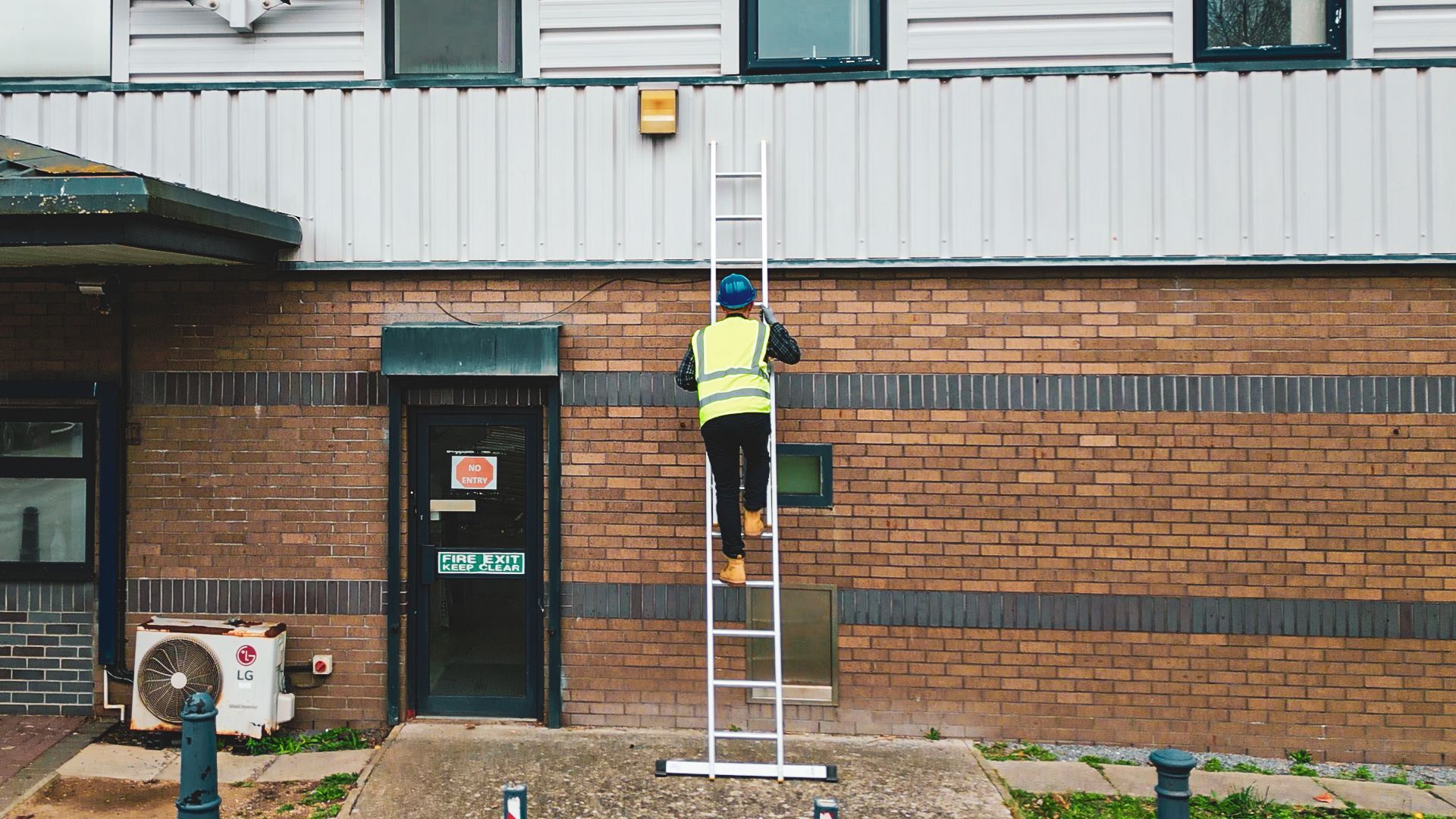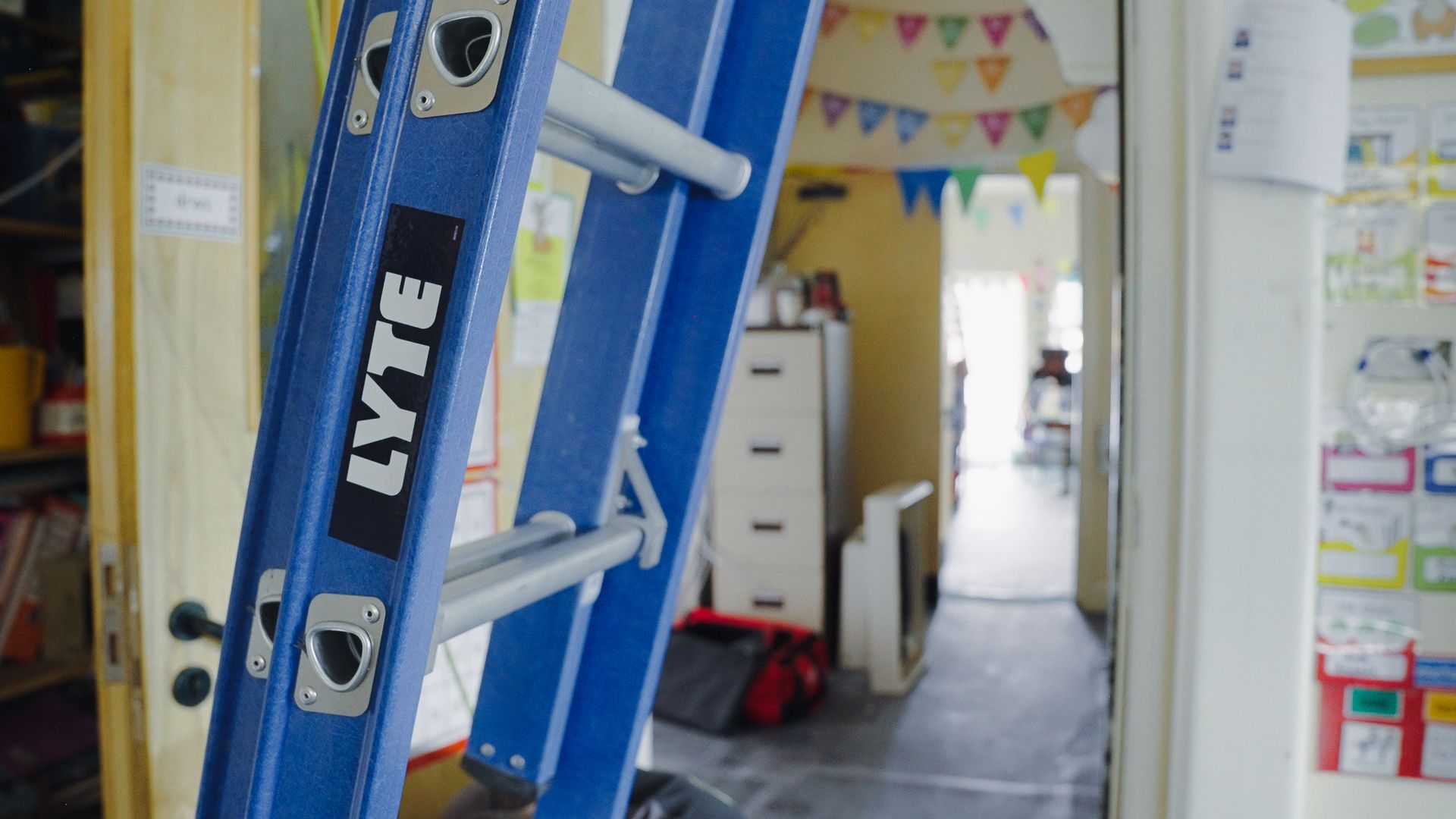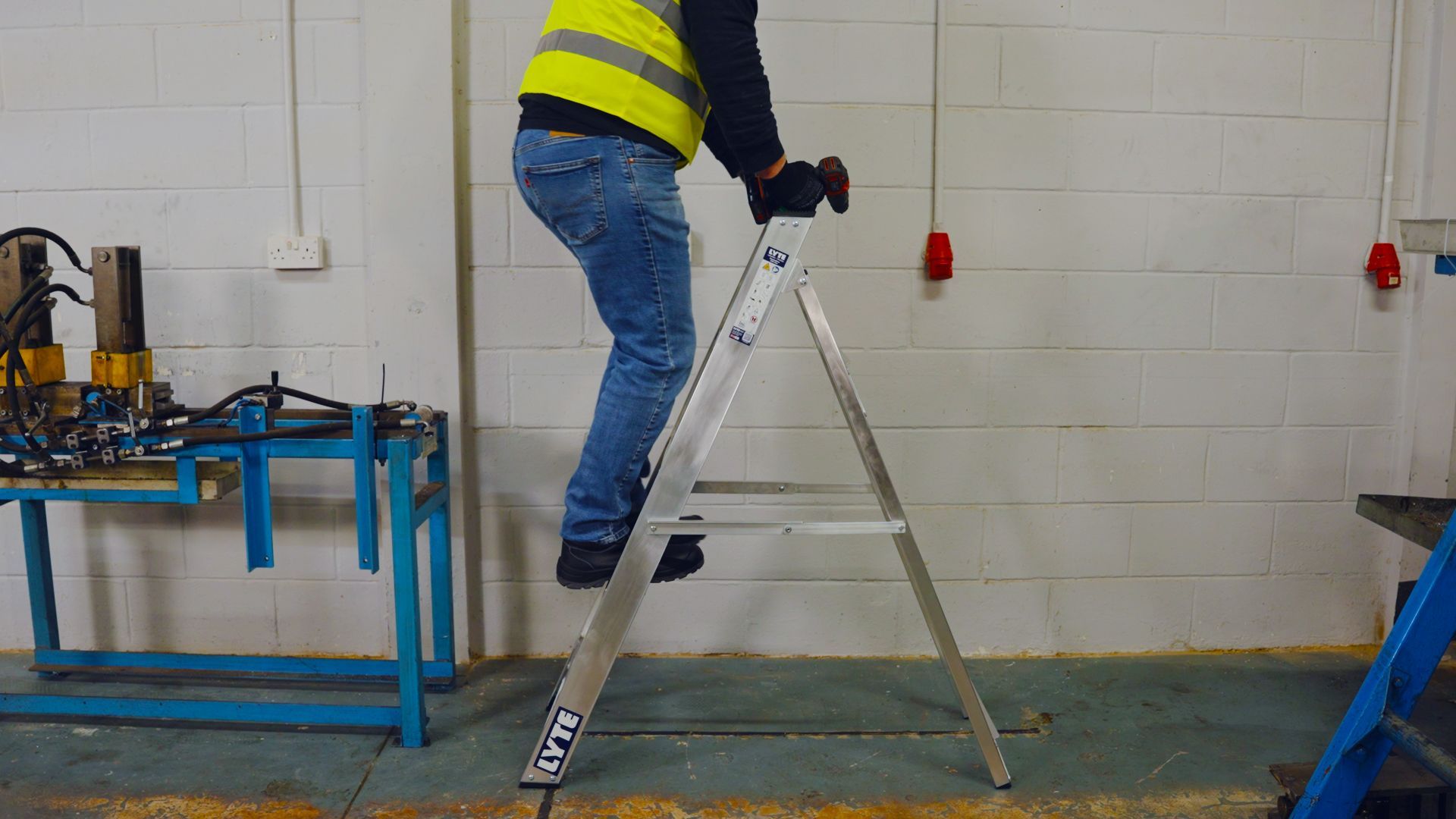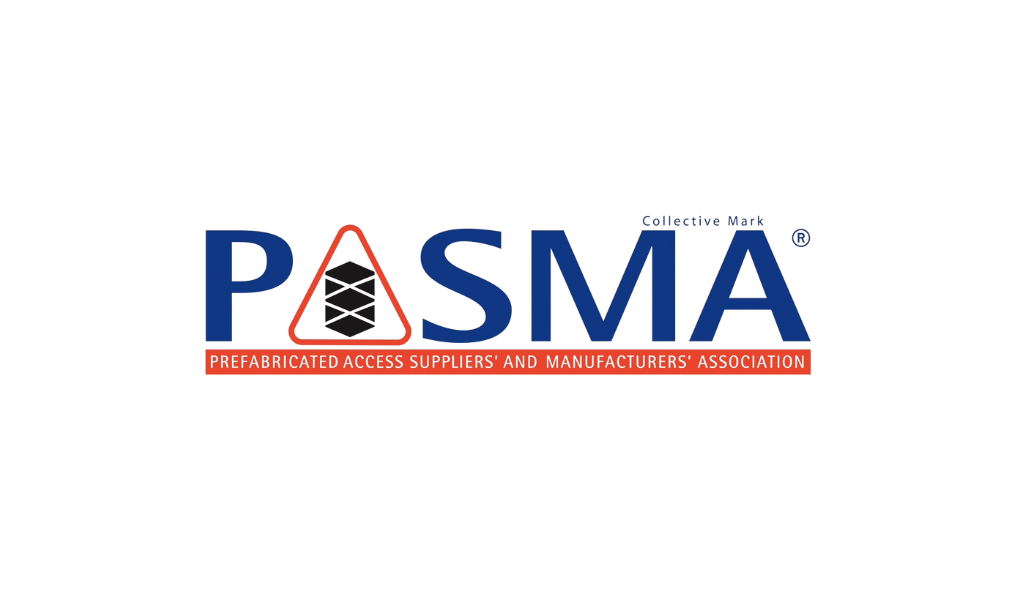Latest News

At Lyte Ladders & Towers, we believe sustainability isn’t just about reducing environmental impact, it’s also about strengthening the communities where we live and work. That’s why on Friday 5th September 2025, we were proud to support National Foodbank Day by collecting donations for Swansea Foodbank . Why National Foodbank Day Matters Across the UK, foodbanks play a vital role in supporting families and individuals facing hardship. National Foodbank Day shines a spotlight on this work, raising awareness of the growing demand for foodbank services and encouraging businesses and communities to take action. In Swansea, the foodbank is part of the Trussell Trust network, providing emergency food parcels to those in crisis. Their work goes beyond just food, they also offer advice, support, and practical help to people navigating difficult times. Lyte’s Contribution As a UK manufacturer with deep roots in South Wales, we’re proud to give back to our local community. This year, our team came together to collect donations of non-perishable food, toiletries, and essential household items for Swansea Foodbank. Every contribution helps, from tinned goods and cereals to hygiene products, and we are grateful to our colleagues for showing such generosity. ESG in Action Supporting Swansea Foodbank is part of our wider commitment to Environmental, Social, and Governance (ESG) responsibility. While much of our ESG focus is on reducing environmental impact through initiatives like recycled aluminium and solar energy, we are equally committed to the “social” pillar: Supporting local charities and causes Promoting wellbeing within our workforce Giving back to the community where we manufacture How You Can Help If you’d like to support Swansea Foodbank or learn more about their work, please visit: https://swansea.foodbank.org.uk Together, we can make a difference for those who need it most. National Foodbank Day is a reminder that sustainability is about people as much as it is about products. At Lyte, we’re proud to stand alongside Swansea Foodbank and support the vital role they play in our community. We’d like to thank our team for their generosity and encourage others to consider how they can support foodbanks locally, today and every day.
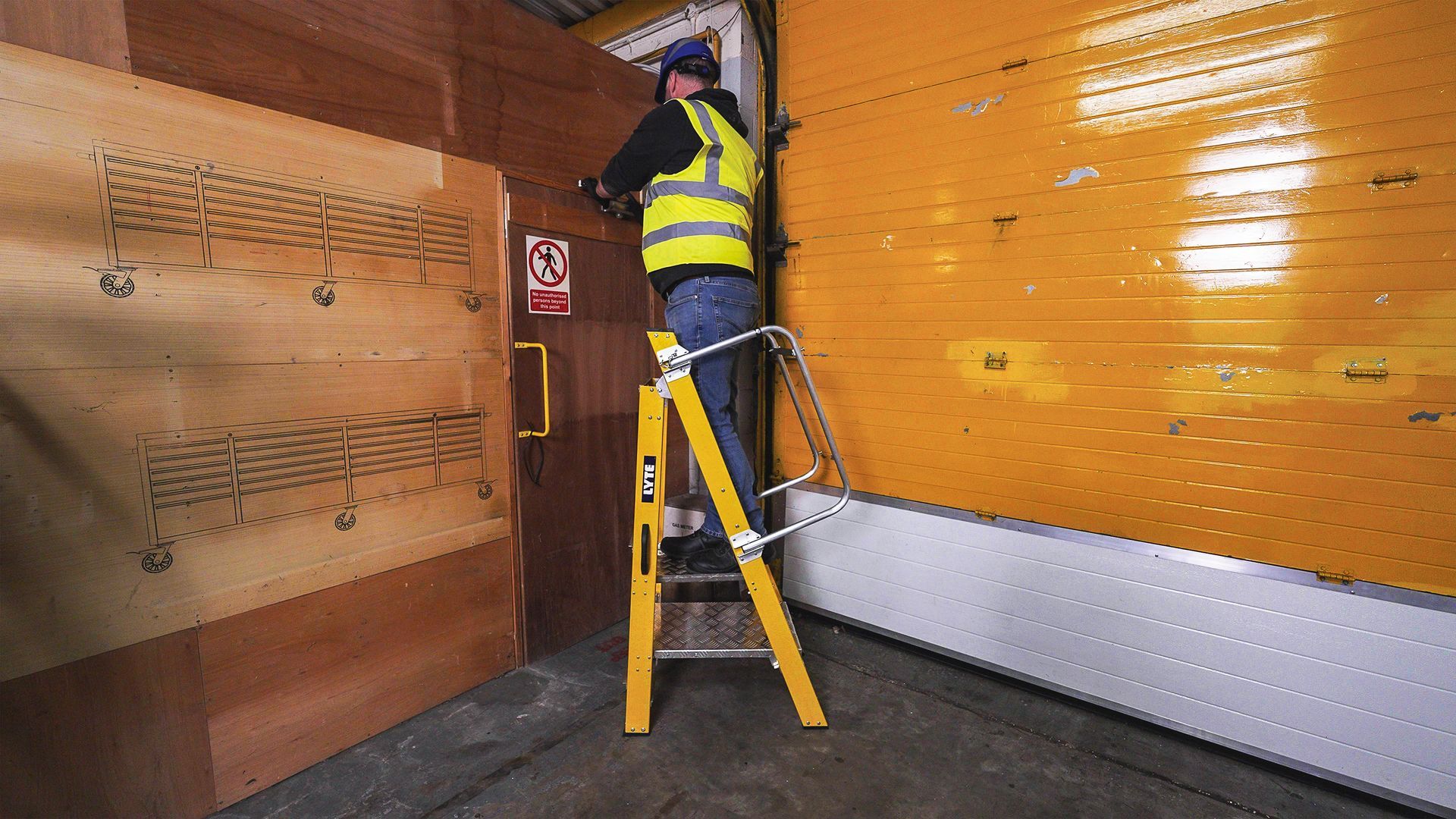
Choosing the right equipment for working at height can significantly impact site safety, task efficiency and long-term value. At Lyte Ladders & Towers, we manufacture a full range of standard access equipment certified to the latest safety standards, as well as bespoke access solutions tailored to solve complex or industry-specific challenges. But how do you know which is right for your needs? In this post, we explore the pros and cons of standard vs bespoke solutions, and how to make the best choice for your business. Standard Access Products: Certified and Ready to Use Our standard ladders, steps, podiums and towers are independently tested and certified to the relevant standards (such as EN131 or EN1004 ), ensuring they meet strict safety and performance requirements for regular trade and industrial use. ✔️ Advantages of Standard Products Fully Certified: Products like our MagnaStep range are EN131 Professional certified, which is reassuring for both Health & Safety teams and users. Faster Lead Times: Manufactured in volume at our UK factory, standard items are available with shorter turnaround times and higher stock availability. Cost-Effective: Ideal for bulk purchase for use across large teams or multi-site operations. Widely Applicable: Suitable for general use across construction, maintenance, utilities, and facilities management. ⚠️ Limitations One-Size-Fits-All Design: May not suit specialist tasks or restricted environments. Workarounds Can Introduce Risk: Using the wrong type of ladder or adapting it on site can lead to unsafe practices. Bespoke Access Solutions: Built Around Your Challenge Not all jobs fit within a standard set of dimensions, and that’s where Lyte’s bespoke design service comes in. From access towers for the transport industry to maintain their vehicles to compact platforms designs to fit in confined portable buildings and telecoms pole ladders for utilities , we work closely with customers across multiple industries to design safe, purpose-built solutions. View some of our recent bespoke projects here: 👉 Bespoke Products Gallery ✔️ Advantages of Bespoke Solutions Tailored for Your Task: Designed specifically to fit the working environment, user needs and operational requirements. Solves Access Challenges Safely: Reduces reliance on unsafe workarounds or modifications. Long-Term Value: Bespoke solutions can reduce downtime, improve productivity, and enhance operator safety over time. Built and Tested In-House: Even though many bespoke products don’t fall under a formal certification like EN131, we apply our rigorous in-house testing protocols to ensure every product is safe, stable, and fit for purpose. Learn more about our testing process: 👉 Bespoke Access Testing & Development ⚠️ Considerations Longer Lead Times: Bespoke items require consultation, design approval and testing. Not Always Certified: As these products don’t always align with a defined European standard, they cannot carry an EN131 badge, however they are still tested to the highest standards by our in-house team.
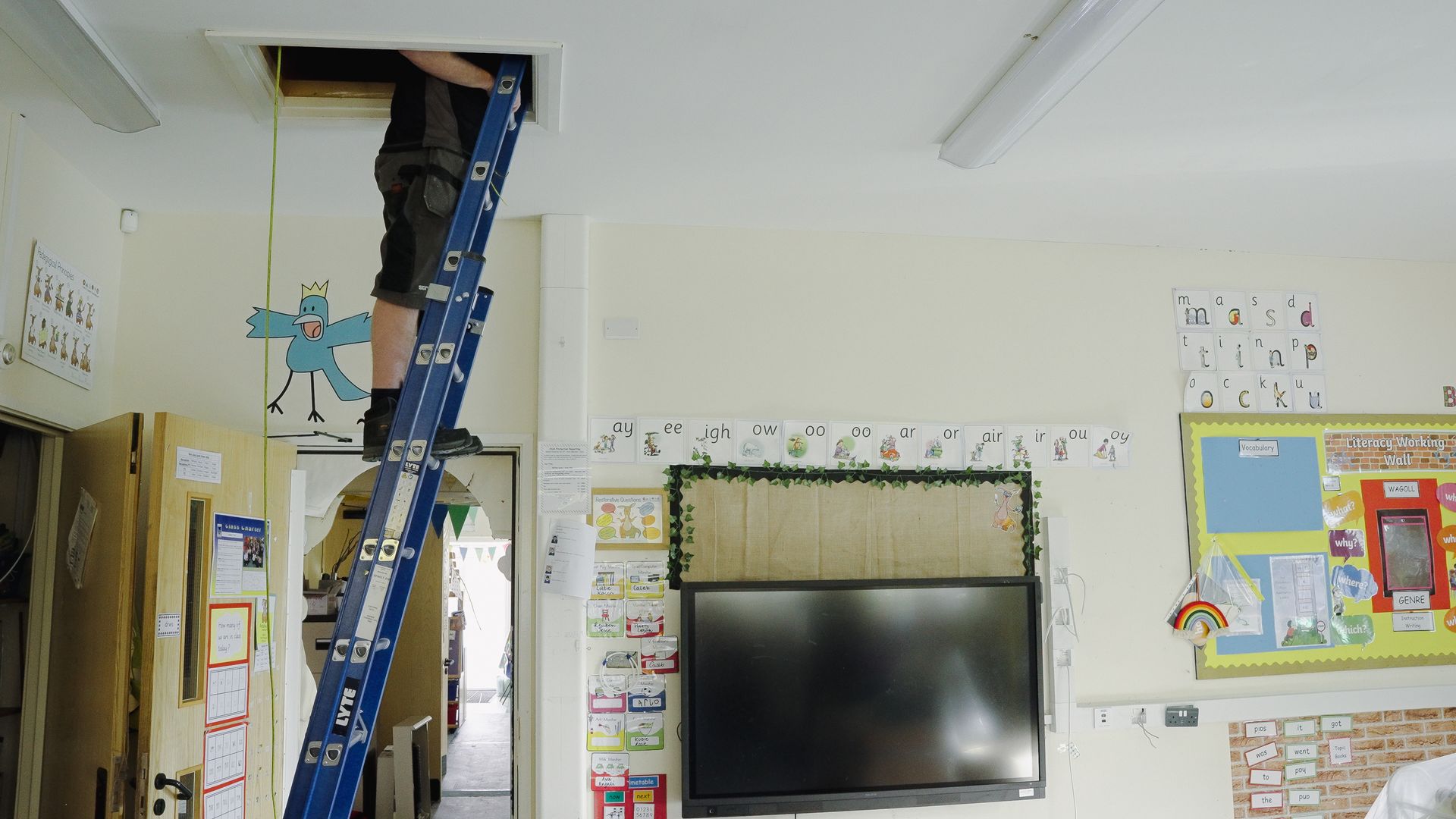
When the bell rings for the last time in July, it signals more than the start of summer holidays. For facilities managers across schools, colleges, and universities, it marks the start of a critical maintenance window. With corridors clear, classrooms empty, and fewer safeguarding restrictions in place, the summer break is the ideal time to tackle planned maintenance and health & safety improvements. From electrical inspections to ceiling repairs and painting projects, much of the work that keeps educational buildings safe, functional, and compliant happens while pupils and staff are away. At Lyte, we understand the demands of this compressed maintenance period, and our British-made access equipment is trusted by facilities teams across the UK education sector to get the job done safely and efficiently. Common Tasks During the Summer Break Facilities and estates teams often use the holidays to: Carry out electrical testing and lighting upgrades Clean or repair HVAC systems in ceiling voids Paint and redecorate classrooms and corridors Service fire alarms, CCTV, and security systems Install new whiteboards, projectors, and cabling Inspect and repair roof areas, guttering, and external cladding Whether it’s reactive work or part of an annual PPM schedule, reliable access equipment is essential.



